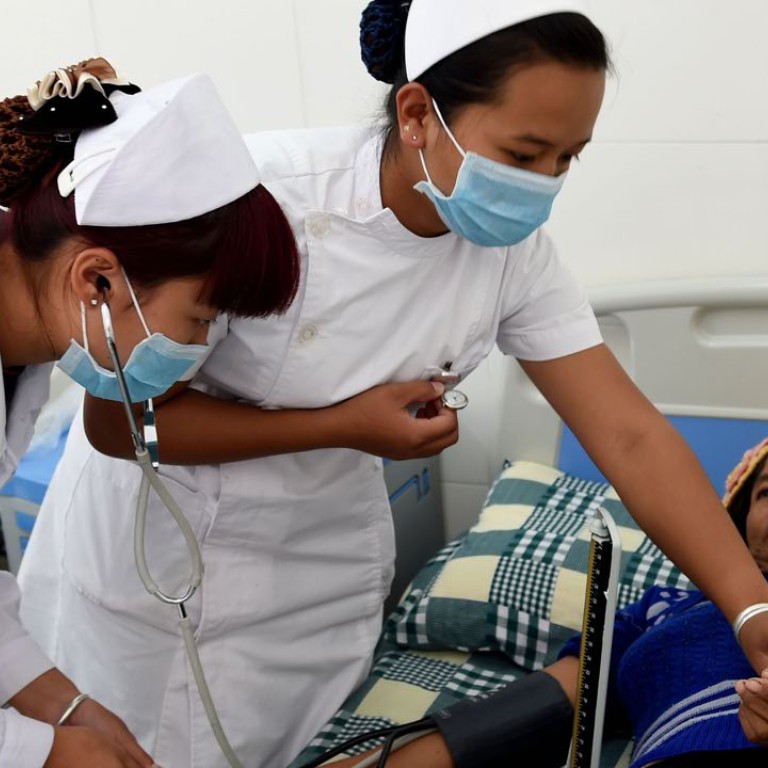
New | Navigating through China’s grey economy
Senior consultant suggests tapping China’s grey economy by starting in the consumer section
China’s ageing population poses great opportunities for companies focused on elder care and financial services, but the consumer sector is better positioned to tap the market compared to the service sector, a senior consultant suggested.
“We have many clients asking about whether there are opportunities in the greying China. Some have interpreted this trend as spelling doom and gloom for China. However, we believe it could represent an opportunity if companies act to capture opportunities,” said Jacques Penhirin, Partner and Managing Director of Greater China of Oliver Wyman.
The number of Chinese above 65 will grow to more than 210 million by 2030 from 110 million in 2010. By 2050, more than a quarter of the population will be over 65, according to the United Nations.
On the other hand, consumption of products and services for the elderly is already worth 4 trillion yuan in China and will surpass 100 trillion yuan by 2050, according to the China Research Centre on Ageing.
Penhirin pointed out three key potential sources of growth within the Chinese grey economy as it marches towards a market worth 100 trillion yuan: the desire of the elderly to protect their health and financial well-being, their wish to reduce the burdens on their family, and their eagerness to enjoy new experiences.
All are underserved in China.
According to Oliver Wyman’s analysis report issued this week, the diet of the Chinese elderly is much less advanced than in the West and the taking of health supplements is much less common. Proper long-term elderly care is in severe short supply in China. Also, the elderly lack financial options to generate financial security for themselves and future generations.
However, it remains challenging for the international players to tap the market due to its early stage and the regulatory framework is still under construction. Penhirin suggests market players focus first on the consumer sector and strengthen its marketing appealing to children.
The penetration of health supplements, including multi-vitamins and milk formula, to the total population is 20 per cent in China in 2014, compared to 45 per cent in Japan and 80 per cent in the US, according to the Oliver Wyman analysis.
“Many companies target the elderly directly. While it is worth mentioning that in a culture where filial piety dominates the mainstream society, Chinese children are willing to spend a significant amount for their parents,” said Penhirin, noting online sales platform, like Taotao, is allowing children to find, buy, and ship products straight to their parents’ doorsteps with a few clicks.
Money transfers from children to parents stood at about 6,000 yuan per year for urban residents, and about 3,300 yuan for rural residents in 2015, according to their survey.
The service part may come as the second wave given some provinces are allowing foreign players running care centres on a test basis. The financial products, like retirement plans and insurance schemes, will come as the third wave in a tightly controlled sector, said Penhirin.
China will fully open the elderly-care market in its next five year plan from 2016-2020, and will increase the supply of products and services by various means including shareholding cooperation.
“The position from the central government to open this market is within expectation, but it still takes another three to five years to lay infrastructure, clear rules, and most importantly, train proper nursing professionals,” Penhirin said.
Just over 3 million beds were available for elderly care in China in 2011 and the number hardly improved in 2015, enough for less than 2 per cent of the total ageing population, and far below Western standards of 5–7 per cent, Oliver Wyman’s report said.
The shortage in care staff is even sharper. Official estimates suggest that 10 million carers are required for proper support, a far cry from the 300 000 currently employed in the industry.
But the huge gap between demand and supply does not translate to easy profit.
“We see no clear win case by now,” said Penhirin, noting there are pilot programmes in different provinces allowing foreign players to run elderly-care centres, but a solid economic model has not been found yet.
“You can target the very rich people in a small group, but the bigger opportunities lie in the middle class market.”
However, some analysts suggest early involvement to ensure a better position in the market.
“One of the most eye-catching reality in China is that a rich generation who accumulated their wealth after China’s reform and opening up are getting old, and they have great appetite to consume nutritious food, medical care, amusement, and company,” analysts with Zhongtai Securities, a brokerage based in east China’s Shandong province, said in a report.
“Companies with early involvement in care centres, or elderly apartments development, may need the long-term to realise profit, but will enjoy explosive growth once the market is ready.”
Li Yaodong, deputy director of China National Working Commission on Ageing said in a conference in Beijing last week that as the Chinese government pushing forward the pension system reform, improving the investment of pension funds, and lowering the threshold for opening up private-run hospitals and nursing homes, “grey economy will boom and it will restructure China’s industry and economy.”

